So this is a shorter article, but I’m writing it to encourage all you smart home tinkerers out there; don’t be afraid to fabricate or modify your hardware when needed. It can seem counter-intuitive to take a Dremmel to a new 60 dollar piece of hardware out of the box, but sometimes, that’s exactly what you need to do to get the solution you want!
Tool and Material List
– Aeotec Multisensor 6
– Sumind 2 Pack Micro USB 10ft/3m Flat Power Cable
– Dremmel
– Spring clamp
– DeWalt 20v MAX Drill Set (this is a steal right now!)
– Small hammer drill bit
– Drywall anchors
– 3M Command Strips
Installing the Sensor
So, for this particular project, I had finally decided I wanted to get some automation set up using motion sensors for multiple lighting scenes within the house (I can’t be bothered to touch a light switch, after all!)
After some research, I landed on the Aeotec Multisensor 6. The major deciding factor for me was the ability to power it via usb cable. I loathe changing batteries, which is still to this day the reason I don’t own smart locks (how hard is it to do inductive charging via PoE?! – but I digress). In any case, the Aoetec Multisensor 6 gives you a wide array of other sensor options, including light, UV, temperature, and humidity. I’ll have some fun with those in a later post.
I ordered two to start with. When the box showed up, I was impressed. The sensor was smaller than I had imagined, and has a nondescript look to it…it’s edges somehow blend in well with the lines in any house, and it seems to fade into the background.
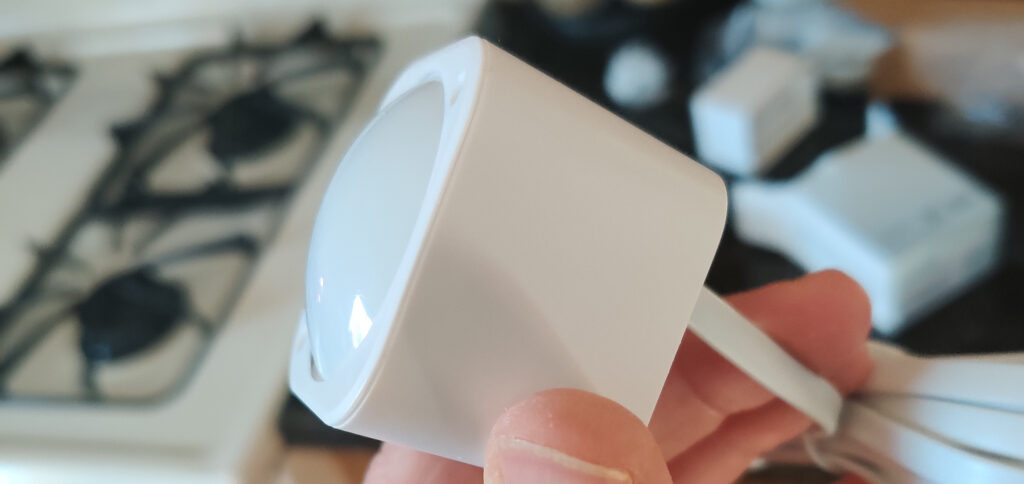
However, I spied something that I knew would be an issue: The USB cable that ships with the sensor is far too short to be of much use. Also, the sensor housing is so small, that it requires a 90 degree connection, with a flat ribbon cable slot that exits at the bottom. I knew right away that finding a longer cable that met all these requirements was not going to be easy. As it turns out, I was not able to locate a 10′ usb ribbon cable with a 90 degree angle connector, so I knew it was time to do some fabrication.
I ended up ordering the Sumind 2 Pack Micro USB Extension Cable 10ft/ 3m Flat Power Cable from Amazon, and was happy with it. Quality is above average, and it has a good solid feel to the construction of the connectors.
The main problem? It stuck out past the housing of the case.
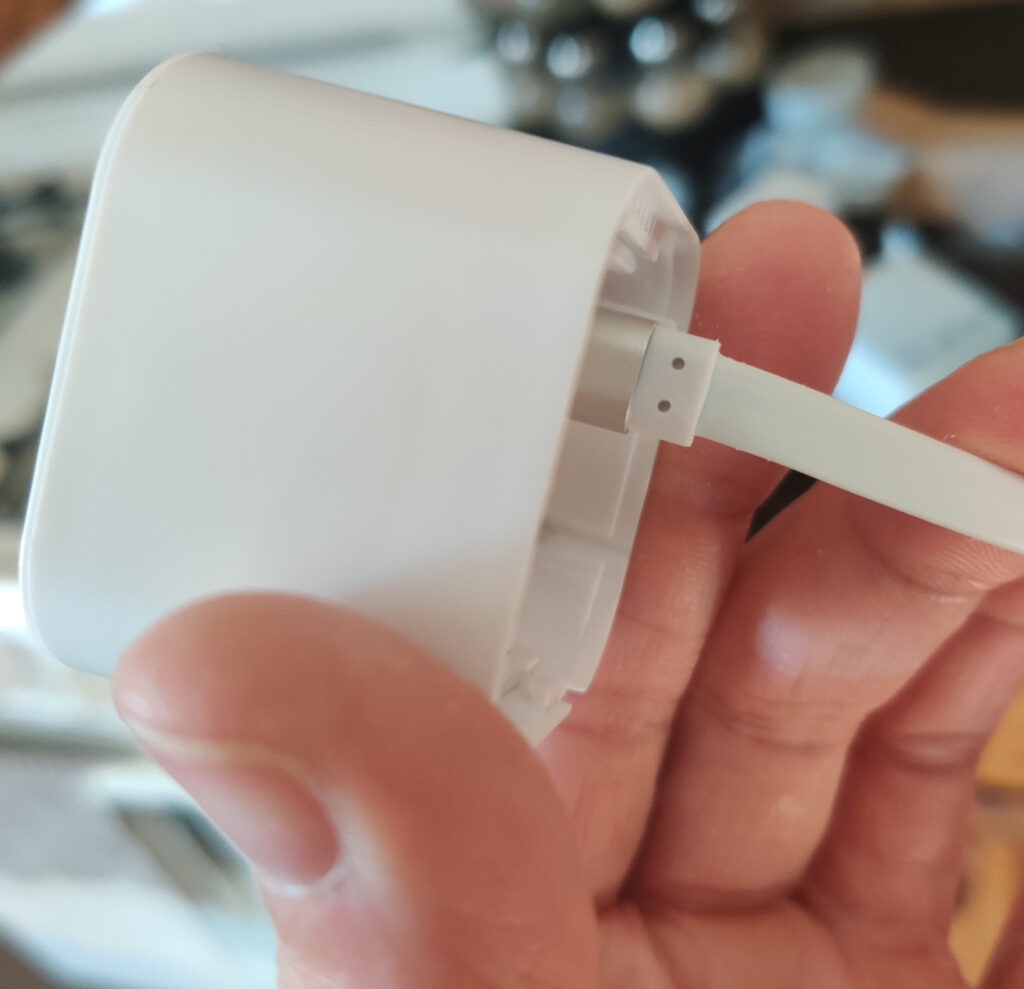
I was now facing a dilemma: Do I risk ruining my new devices by cutting into the housing, or do I find a custom shop to build a cable that will probably take 1-2 weeks, and also more expensive? I decided to go the route of instant gratification 🙂
Dremmel, here we come. I took a picture (below) just to show the bit I used to ream out the hole. I felt it was the right choice, and worked well for my purposes.
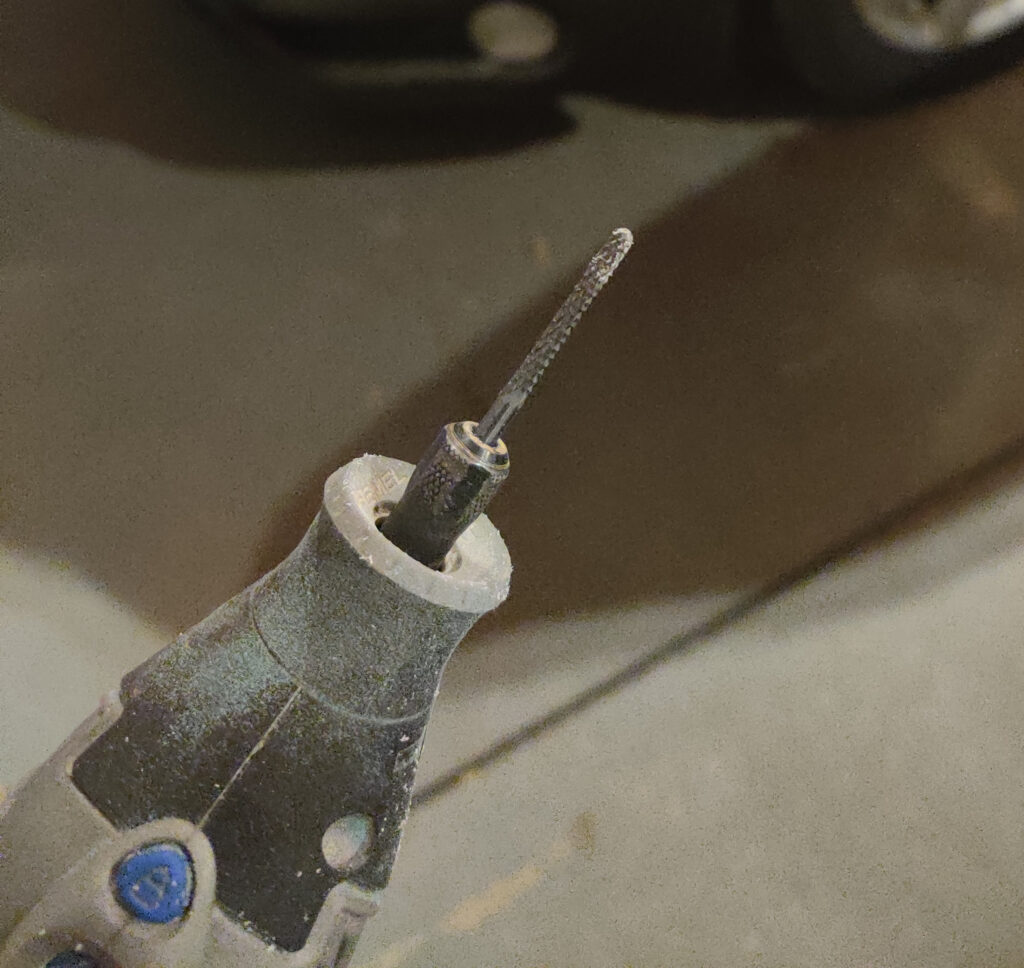
PRO TIP: Use a spring clamp to hold the cover in place while you are cutting it, to allow you to control the shape of the hole. Trying to cut the hole using the Dremmel in one hand, while holding the cover in the other hand, is not going to yield good results. If you don’t own any spring clamps, pick up a few by following the link at the top of the page. As the old adage goes: “you can never have too many clamps.”
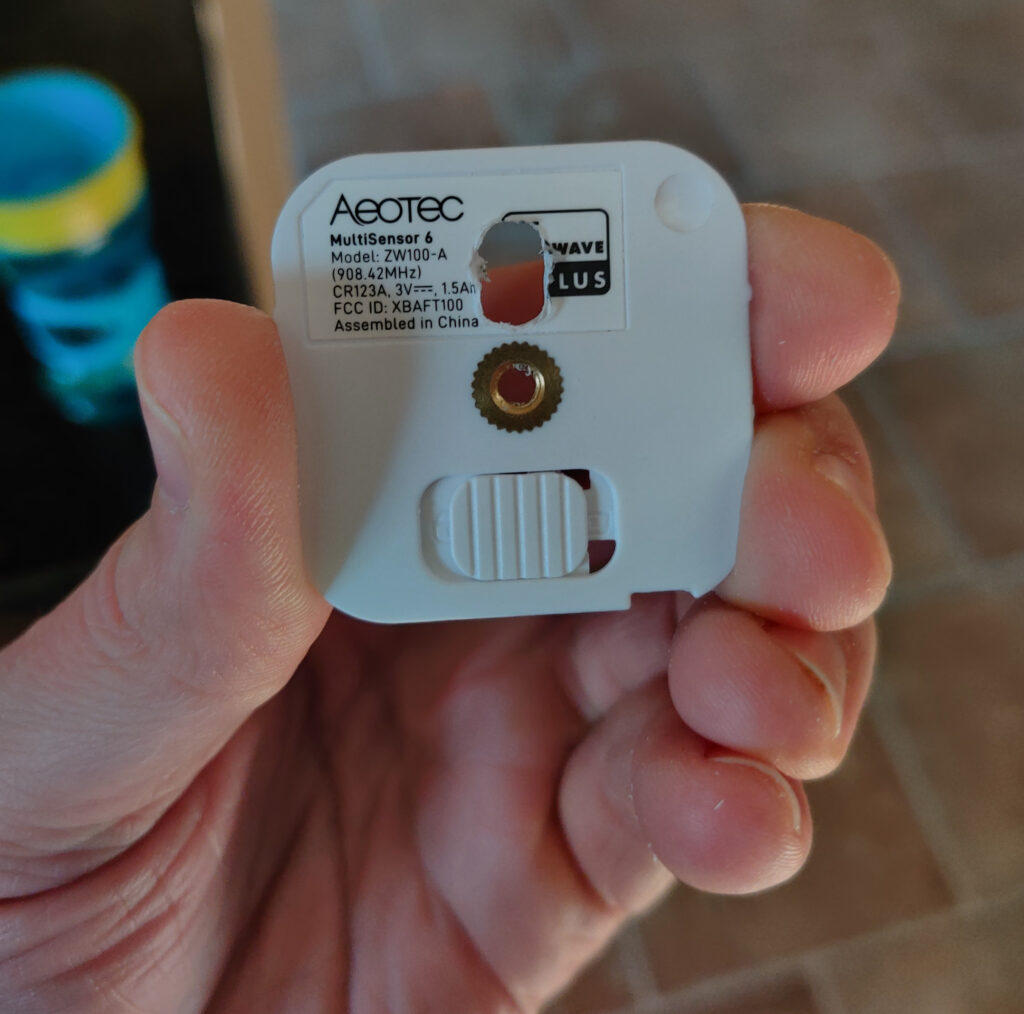
Turned out pretty well! Dry fit it, make sure you’re able to get it plugged in with the cover on, and that everything seems to be fitting the way you want. Then, hollow out the mounting bracket.
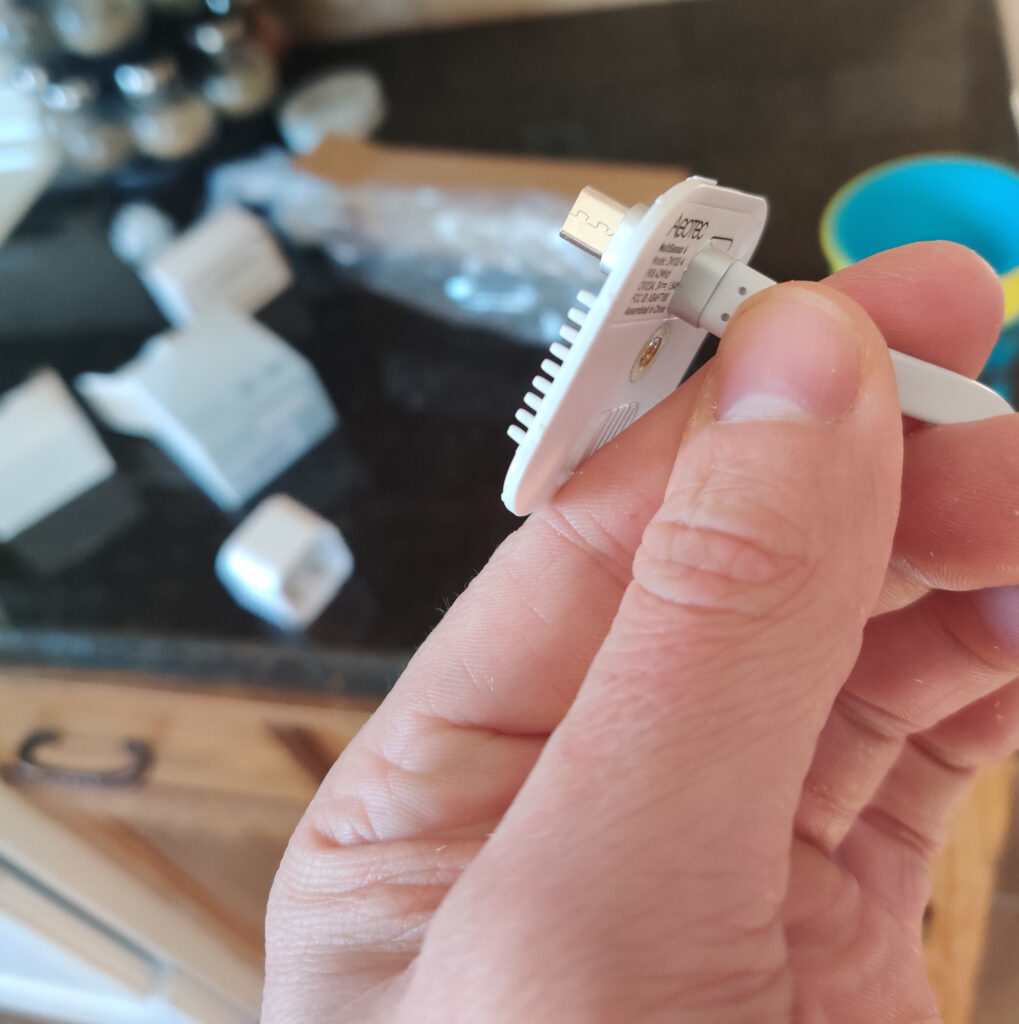
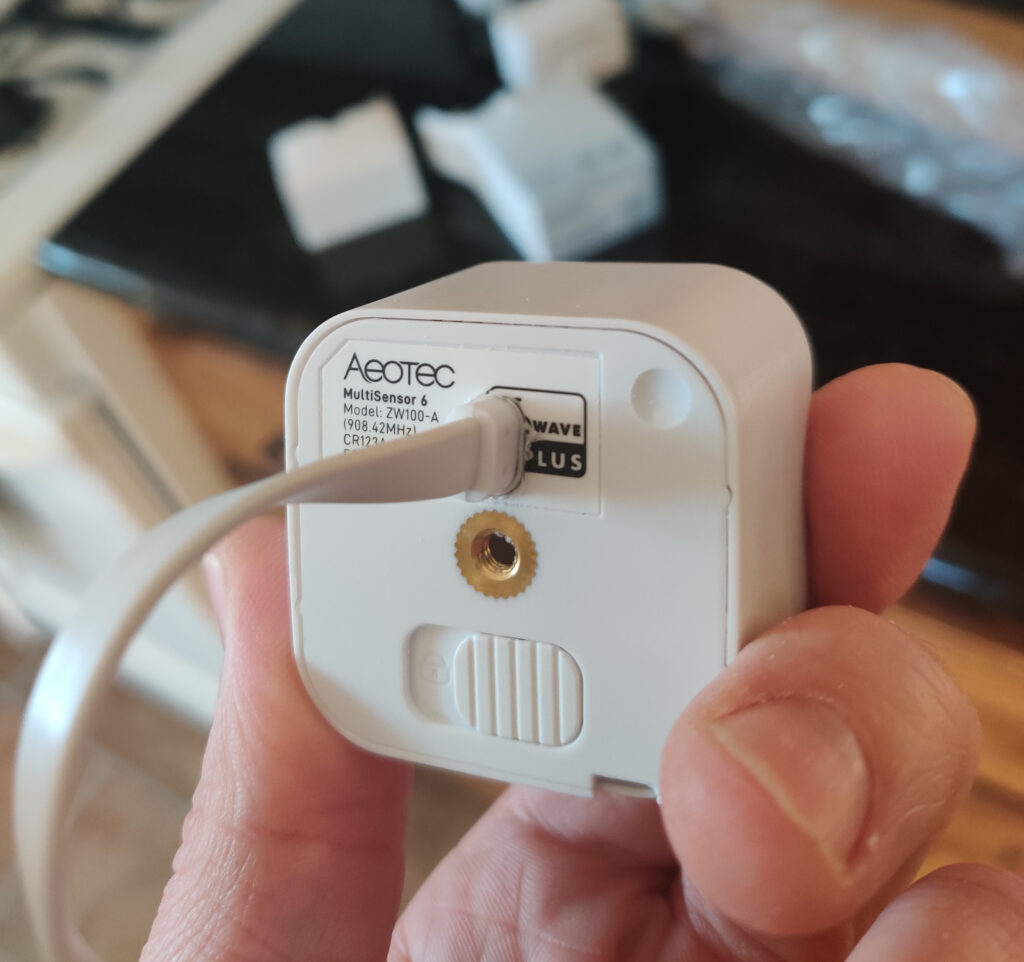
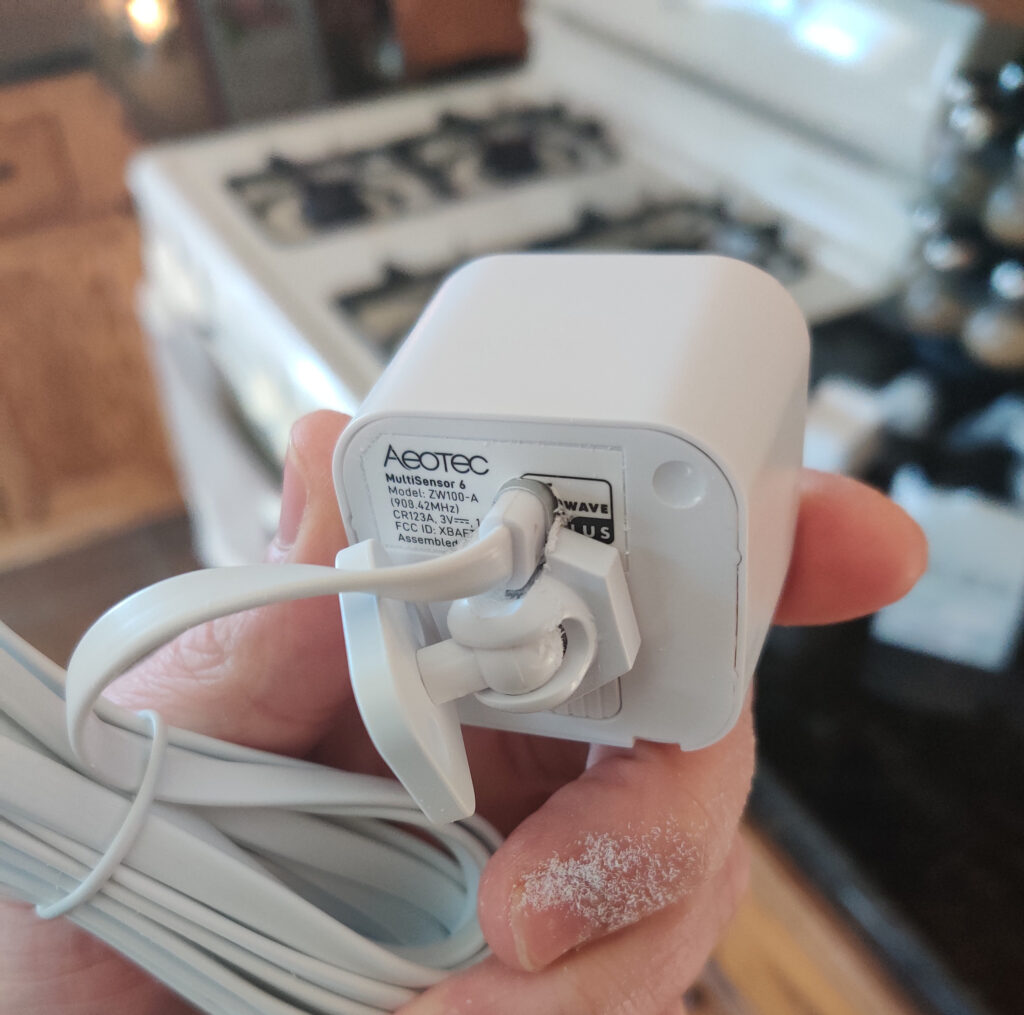
So far, so good. Using my DeWalt 20v MAX Drill Set (this is a steal right now!) and a small hammer drill bit, I mounted the sensor in the brick on the the fireplace (top right of picture below) using a standard set of drywall anchors, with the screws that came with the sensor. You would hardly notice it unless you knew it was there. Secured the cord behind the corner using some 3M Command Strips, and everything worked flawlessly!
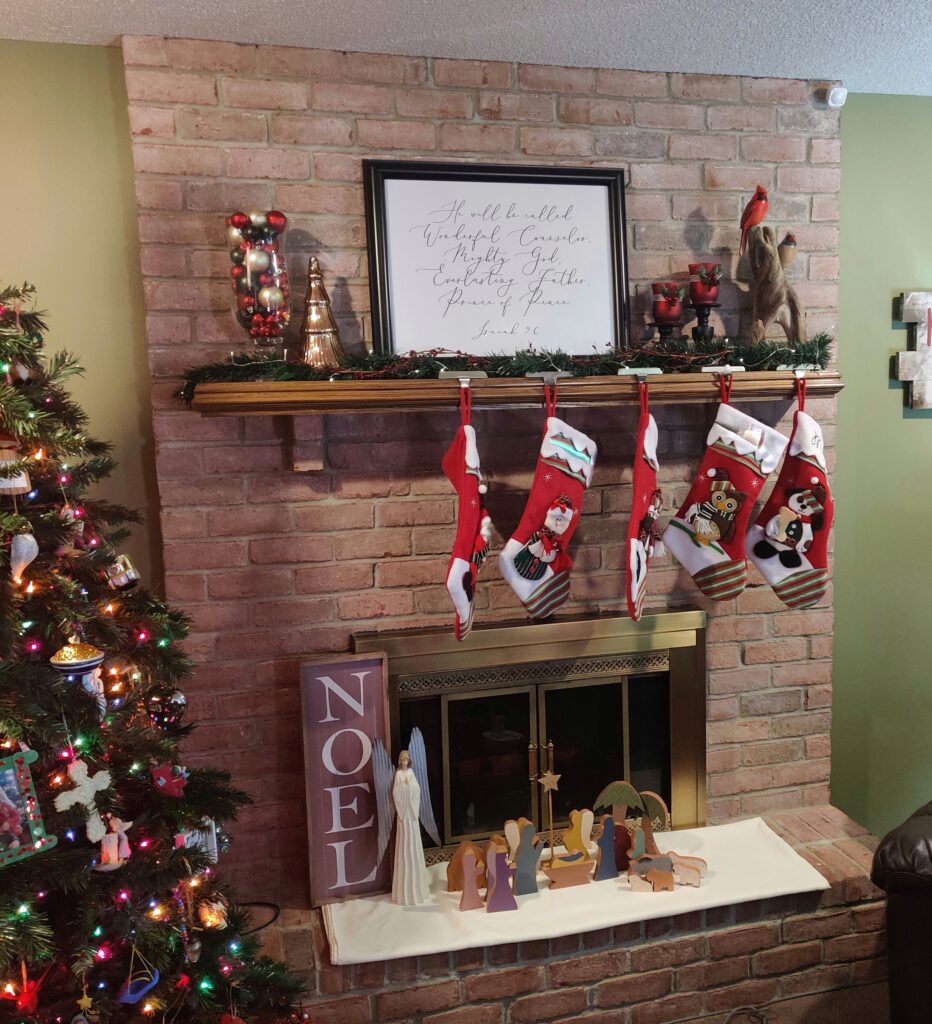
I hope this has given you a starting point and some tips for making custom mods to your hardware when working on your smart home. Remember, make the hardware do what you want, because you know what works best for your house; don’t let the limits of the manufacturers “one size fits all” hold you back when looking for solutions to increasing the efficiency and operation of your devices.
Keep an eye out for a follow up post with some ideas for integrating the diverse capabilities of these awesome sensors!
Also, don’t forget to check out how to increase the privacy of your smart home internet connected devices by deploying DoH for your home network.










